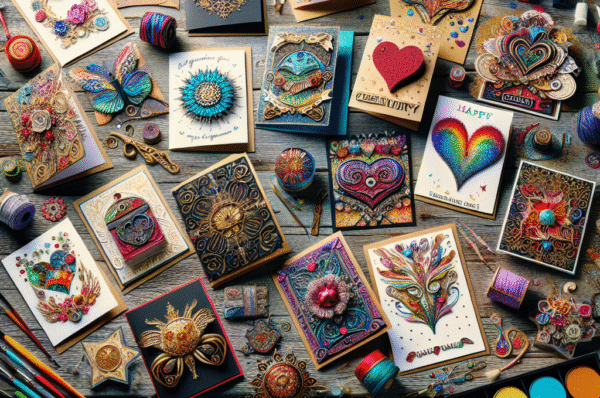In recent years, the world of trading cards has transformed from a nostalgic pastime into a lucrative phenomenon, captivating collectors and investors alike. A surge in popularity, driven by the advent of digital platforms, social media, and a renewed interest in childhood hobbies, has turned once obscure trading cards into prized possessions worth thousands, if not millions, of dollars. This article explores the meteoric rise of trading cards, the reasons behind their booming market, and what aspiring collectors and investors need to know.
The Origins of Trading Cards
Trading cards have a rich history, dating back to the late 19th century when they were initially used as promotional items by tobacco companies. Over the decades, the hobby evolved, encompassing sports cards, collectible card games, and popular culture phenomena. Today, trading cards span a wide range of themes from sports, comics, and movies to video games and anime, making them appealing to diverse audiences.
A Surge in Popularity
The recent boom in trading cards can be traced back to several key factors:
1. Nostalgia and Collectibility
As millennials and Gen Z individuals rediscover their childhood passions, the nostalgia associated with trading cards has fueled an increase in interest. Many collectors are eager to relive their youth, and this emotional connection has driven them to seek out cards from their past. The intrinsic value of nostalgia cannot be underestimated, as it influences purchasing decisions in profound ways.
2. Social Media and Community Building
Platforms like Instagram, TikTok, and YouTube have played a pivotal role in magnifying the trading card craze. Influencers and content creators showcase their collections, conduct unboxings, and offer insights into the world of trading cards, creating a vibrant online community. These platforms provide a space for collectors to share their experiences, discuss valuations, and celebrate rare finds, transforming trading card collecting into a social phenomenon.
3. The Rise of Online Marketplaces
Digital marketplaces, such as eBay, StockX, and dedicated card-selling platforms like TCGPlayer and Beckett Marketplace, have made it easier than ever for collectors to buy, sell, and trade cards. The transparency provided by online auctions allows buyers to track prices and trends, making informed decisions about their purchases. Moreover, the COVID-19 pandemic spurred growth in online trading as in-person events and conventions were canceled, further solidifying the shift towards digital platforms.
4. Investment Opportunities
As the market heats up, trading cards are increasingly viewed as alternative investments, akin to fine art or classic cars. Investors are keen to capitalize on the potential for high returns; some cards have appreciated exponentially over a short period. The sale of a rare Pokémon card for $6 million in 2021, for instance, made headlines and sparked even greater interest in the market. Investors are now purchasing high-quality cards—often graded by professional services—to diversify their portfolios and seek out potentially high-value assets.
Understanding the Market
While the trading card market offers enticing opportunities, it’s crucial for collectors and investors to approach it with informed caution. Here are some essential considerations:
1. Research the Market Trends
Knowledge is power in the trading card world. Understanding which sets, players, or themes are currently trending can provide insights into potential investment opportunities. Following market reports and participating in online discussions can help collectors gauge the pulse of the community.
2. Condition Matters
The condition of a card significantly impacts its value. Cards are graded based on their quality, with pristine cards fetching far higher prices than those with wear and tear. Familiarize yourself with grading systems and invest in protective cases to maintain the condition of your cards.
3. Diversify Your Collection
Just as with any investment, diversification can help mitigate risks. Rather than putting all your resources into a single card or type, consider a range of cards across different genres and themes to balance potential gains and losses.
4. Beware of Fakes and Scams
The booming market has attracted both legitimate collectors and unscrupulous scammers. Be cautious and verify the authenticity of cards, especially high-value items. Trusted grading companies, such as PSA and Beckett, can provide assurance of a card’s provenance.
Conclusion
The world of trading cards has evolved into a vibrant marketplace, transcending generations and offering a multifaceted experience for collectors and investors. From childhood nostalgia to high-stakes investment opportunities, the allure of trading cards is undeniable. As the landscape continues to grow and change, those keen to dive into this exciting world must stay informed and engaged. Whether seeking rare finds or investing for the future, the journey through the booming universe of trading cards promises to be anything but ordinary.




